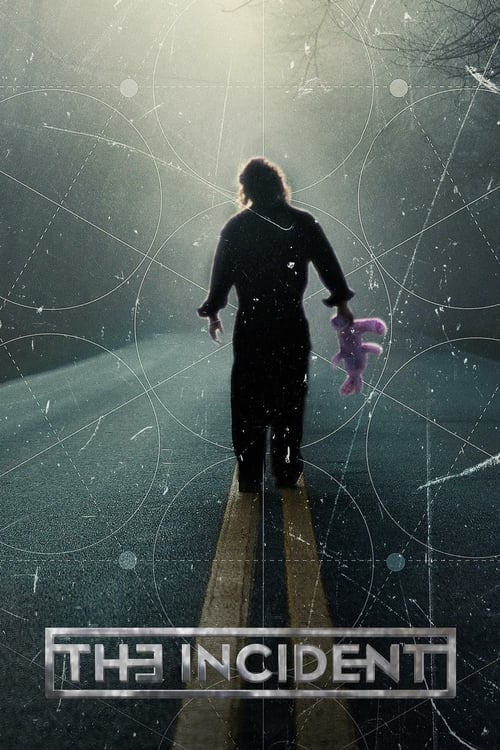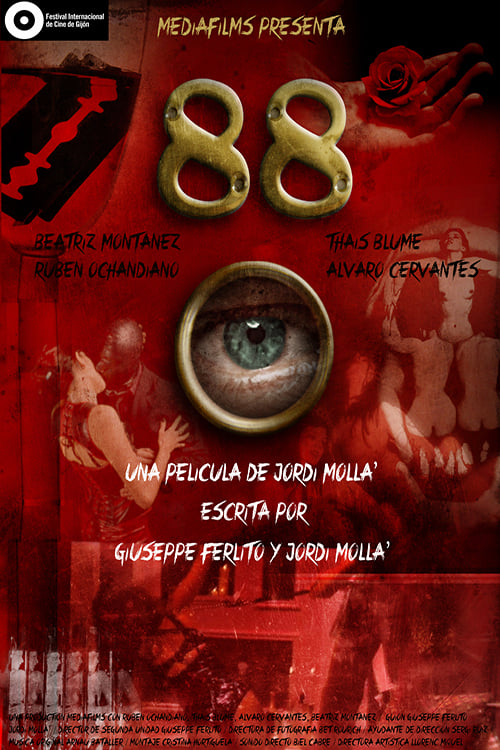
Ask Your Own Question
What is the plot?
In the sultry summer of Chile, three friends--Gringo, Ariel Levy, and Pollo--are reveling in their vacation, eager to escape their everyday lives. Gringo, a brash and flirtatious man, is on the hunt for romantic connections, though his efforts mostly fall flat. Ariel, meanwhile, is absorbed in his phone, obsessively scrolling through social media and fixating on an ex-girlfriend, his detachment contrasting with the lively atmosphere around him. Pollo, the third of the trio, shares their camaraderie as they explore the vibrant Chilean nightlife.
One evening, their paths cross with three women at an underground club: Monica and Kylie, Austrian half-sisters, and their Russian friend Irina. The two groups quickly bond, deciding to journey together through the Chilean countryside, their initial flirtations and conversations weaving a fragile thread of friendship. A poignant moment arises between Gringo and Irina when they discover they both have children, a shared vulnerability beneath their carefree exteriors.
Their adventure leads them to Valparaíso, a picturesque coastal city where the group continues their revelry in another nightclub. The night pulses with music and laughter until the earth suddenly convulses beneath them. Without warning, a massive earthquake strikes, violently shaking the club and causing the ceiling to collapse. Concrete slabs crash down, crushing bodies and limbs in a claustrophobic, terrifying scene. Ariel, in a desperate attempt to save a trapped bartender, loses his hand, the injury severe and bleeding profusely. The group scrambles amid the rubble, their escape route blocked by falling debris.
Amid the chaos, an elderly cleaning lady emerges as their unlikely guide, leading them through a narrow tunnel to a manhole that offers a way out. As they climb toward freedom, tragedy strikes again--a passing truck barrels through, killing the woman instantly. The survivors emerge into the devastated streets, only to find their car destroyed and Ariel's condition worsening rapidly due to blood loss.
Realizing the urgency, the group races toward the cable tram station perched atop a hill, the designated hospital their beacon of hope. As they hurry, an air siren blares a tsunami warning, an ominous reminder that nature's fury is far from over. The tram operator reluctantly agrees to let only Ariel board the tram car, hoping to get him medical help swiftly. But fate is cruel: the cable, frayed and weakened, snaps under the tram's weight. The car plunges down the hill in a catastrophic fall, killing everyone aboard, including Ariel. The group watches in horror as their hope is dashed in an instant.
The earthquake's devastation has another, darker consequence: the prison walls have crumbled, releasing violent inmates into the chaos. The survivors soon confront this new terror. While Irina tends to the seriously injured Gringo, Kylie hears the ominous approach of the escaped prisoners. Gringo instructs the women to hide in nearby tombs, believing the prisoners only seek money. But the prisoners find Gringo, threatening him for the women's whereabouts. They douse him with alcohol, threatening to set him ablaze if he does not comply.
Terrified, Irina crawls out of hiding and attempts to flee, but the prisoners capture her. The leader of the gang brutally sexually assaults Irina while the others laugh and joke, a chilling display of their savagery. In a desperate act of defiance, Gringo hurls a rock at the leader, trying to stop the assault. Enraged, the leader retaliates by setting Gringo on fire, burning him alive as punishment. His screams echo through the ruins, a horrifying testament to the depths of human cruelty unleashed by disaster.
Kylie, hearing the chaos, runs away and reunites with Monica and Pollo. They decide to go back for Irina, determined to rescue her. Pollo kills the leader's brother in a violent confrontation, but their escape is cut short. The leader returns and kills Irina before they can flee, extinguishing the fragile hope they clung to.
The remaining survivors find refuge in a cathedral, where a priest offers sanctuary. He leads them through a secret passage within the cathedral's ancient walls, promising safety. But during a violent aftershock, the cathedral collapses, killing the priest and injuring Kylie. The sanctuary turns into a tomb, the survivors' plight deepening.
A firefighter appears, seemingly a savior, removing debris and tending to Kylie's wounds. But when he removes his coat to use as a bandage, prison tattoos are revealed on his arms and shoulders. The realization dawns--he is one of the escaped prisoners, masquerading as a rescuer. Kylie panics but swears not to reveal his true identity, a fragile pact born of fear.
Monica ventures deeper into the tunnels, finding Kylie's lifeless body, a grim confirmation of the relentless death surrounding them. The false firefighter pursues Monica, intent on killing her. At the critical moment, another aftershock shakes the earth violently. Seizing the opportunity, Monica grabs an axe and kills the prisoner, her survival instincts overcoming the terror.
Exhausted and battered, Monica finally escapes the tunnel system and stumbles onto a beach. She collapses, her body spent from the ordeal. When she awakens, she looks behind her to see a massive tsunami barreling toward the shore--a towering wall of water that threatens to engulf everything in its path. The film ends on this harrowing image, leaving Monica's fate uncertain, a haunting reminder of nature's relentless power and humanity's fragile existence in its wake.
Throughout this harrowing journey, every death is marked by brutal circumstances: the cleaning lady crushed by a truck, Ariel and all aboard the tram killed in the cable car collapse, Gringo burned alive by the prisoners, Irina murdered by the gang leader, the priest crushed in the cathedral collapse, Kylie found dead in the tunnels, and the false firefighter/prisoner slain by Monica with an axe. The survivors' fight for life is a grim testament to the horrors unleashed by disaster, both natural and human.
What is the ending?
In the ending of "Aftershock," the main characters face the aftermath of a devastating earthquake in Chile. As chaos ensues, they struggle to survive amidst the destruction. The film concludes with a sense of loss and despair, highlighting the fragility of life and the impact of disaster on human relationships.
As the final act unfolds, the camera captures the aftermath of the earthquake, with buildings crumbled and streets filled with debris. The main characters, including the American tourist Gringo, his friends, and the women they have been pursuing, are scattered in the chaos. Gringo, who has been trying to protect his friends and navigate the dangers of the post-quake environment, finds himself increasingly desperate.
In one poignant scene, Gringo and his friend Ariel attempt to rescue their friend from a collapsed building. The tension is palpable as they dig through the rubble, their faces smeared with dirt and sweat, reflecting their determination and fear. The emotional weight of their friendship is evident, as they risk their lives for one another. However, their efforts are in vain, and they are forced to confront the harsh reality of loss.
Meanwhile, the character of Monica, who has been a focal point of Gringo's affections, faces her own struggles. She is caught in a harrowing situation, trying to escape from a group of men who take advantage of the chaos. The film portrays her vulnerability and the brutal reality of survival in a disaster-stricken environment. Gringo's attempts to reach her are fraught with tension, as he battles both the physical dangers of the collapsing city and the emotional turmoil of potentially losing her.
As the story progresses, the characters are forced to make difficult choices. Gringo, driven by his feelings for Monica, confronts the men who threaten her. In a climactic moment, he fights fiercely, showcasing his desperation and love. However, the violence escalates, leading to tragic consequences. Gringo's fate becomes intertwined with the chaos around him, and he ultimately faces a heartbreaking end, symbolizing the senseless loss of life in the wake of disaster.
The film concludes with a haunting silence, as the camera pans over the destruction left in the earthquake's wake. The remaining characters are left to grapple with their grief and the stark reality of their situation. The emotional weight of their experiences lingers, emphasizing the fragility of human connections and the impact of unforeseen calamities.
In summary, the ending of "Aftershock" encapsulates the struggle for survival, the bonds of friendship, and the devastating consequences of a natural disaster, leaving the audience with a profound sense of loss and reflection on the human condition.
Is there a post-credit scene?
In the movie "Aftershock" (2012), there is no post-credit scene. The film concludes with the intense aftermath of the earthquake and the harrowing experiences of the characters, leaving the audience with a sense of closure regarding the immediate narrative. The focus remains on the survival and the emotional turmoil faced by the characters throughout the film, rather than extending the story into a post-credit sequence.
What happens to the main characters during the earthquake in Aftershock?
During the earthquake, the main characters, including a group of friends led by the character Ariel, find themselves in a chaotic and life-threatening situation. As the ground shakes violently, buildings collapse around them, and they must navigate through the destruction to survive. The earthquake serves as a catalyst for the unfolding drama, revealing the characters' true natures and testing their relationships.
How does Ariel's relationship with his friends change after the earthquake?
Ariel's relationship with his friends becomes strained after the earthquake. The traumatic experience exposes underlying tensions and conflicts among the group. As they struggle to survive, their differing priorities and moral choices lead to confrontations, ultimately fracturing their bonds. Ariel, in particular, grapples with feelings of guilt and responsibility for his friends' safety.
What role does the character of Gringo play in the story?
Gringo is a pivotal character who embodies the darker side of human nature in the aftermath of the earthquake. He initially appears as a friend but quickly reveals a more sinister side as he takes advantage of the chaos. His actions create significant conflict, as he becomes a threat to the group, showcasing how desperation can lead to betrayal and violence.
How does the character of Monica influence the group's dynamics?
Monica serves as a central figure in the group, representing both hope and conflict. Her relationships with Ariel and other characters create tension, particularly as romantic feelings complicate their survival. Monica's decisions and emotional responses to the crisis impact the group's morale and cohesion, highlighting the struggle between personal desires and the need for collective survival.
What are the consequences of the characters' decisions during the crisis?
The characters' decisions during the crisis have dire consequences, leading to tragic outcomes. Choices made in moments of panic and fear result in loss and betrayal, as some characters prioritize their survival over others. These decisions not only affect their immediate safety but also leave lasting emotional scars, shaping their identities and relationships in the aftermath of the disaster.
Is this family friendly?
"Aftershock," produced in 2012, is not considered family-friendly due to its intense and graphic content. The film contains several potentially objectionable or upsetting scenes, including:
-
Graphic Violence: There are numerous scenes depicting brutal violence, including injuries and deaths that may be disturbing to viewers.
-
Sexual Content: The film includes explicit sexual situations and nudity, which may not be suitable for younger audiences.
-
Strong Language: Frequent use of profanity throughout the film can be jarring and inappropriate for children.
-
Themes of Survival and Despair: The emotional weight of the characters' struggles in the aftermath of a devastating earthquake can be heavy and distressing, particularly for sensitive viewers.
-
Death and Trauma: The film explores themes of loss and trauma, showcasing characters dealing with the aftermath of disaster, which may be upsetting for some.
Overall, the combination of violence, sexual content, strong language, and heavy emotional themes makes "Aftershock" more appropriate for mature audiences.

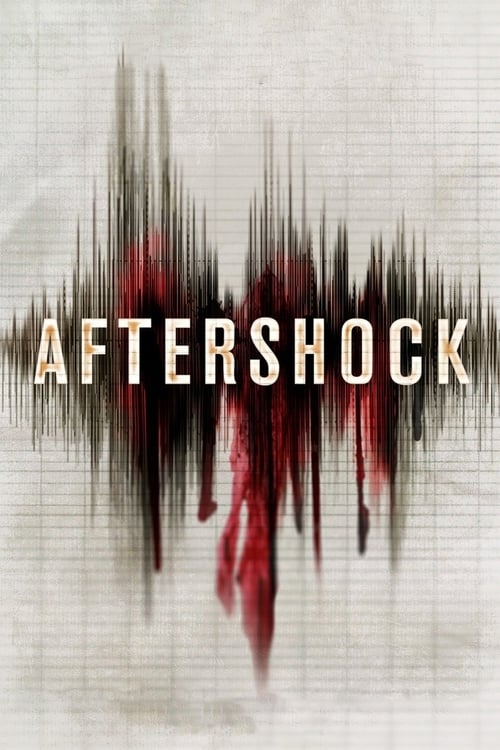

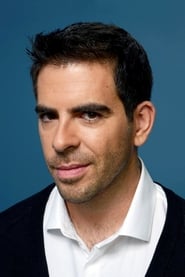





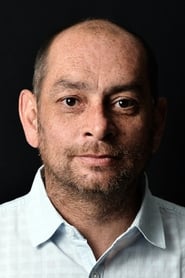














![[REC]⁴ Apocalypse (2014) poster](https://image.tmdb.org/t/p/w500/nlSSZNESHkY1iPzYnpcRvYUr7Mz.jpg)
